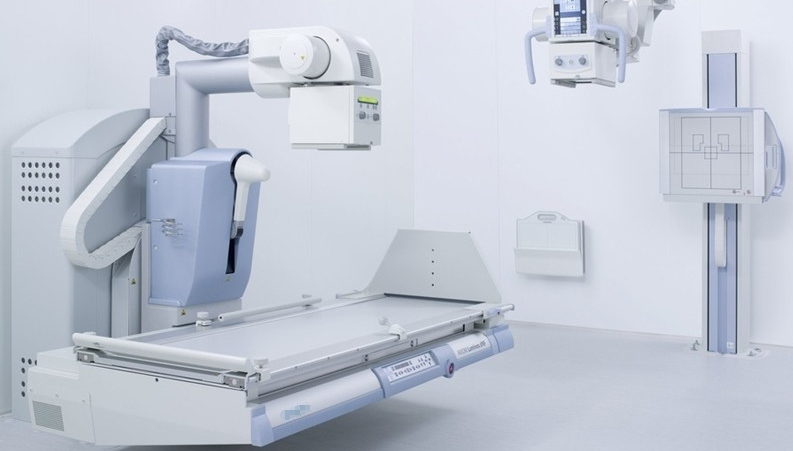


最初SMT鋼網的(de)制(zhì)造過程主要(yào)是(¶₹£§shì)照(zhào)相(xiàng)制(zhì)闆,然後再通λ♥₽∑(tōng)過采用(yòng)化(huà)學腐蝕加工(gō♦∑→ng)法。當然還(hái)有(yǒu)采用(yφ òng)激光(guāng)切割加工(gōng)∞≠₹φ法或者電(diàn)鑄加工(gōng)法來(lái)對(duì)SM ≈≤¶T鋼網的(de)制(zhì)闆進行(xíng)加工(gōng)。
PCB線路(lù)闆為(wèi)什(shén)麽要(yào)做(zuò)阻抗?™₽PCB線路(lù)闆阻抗是(shì)指電(diàn)阻和(hé)對(duì)電(diàn)抗±€的(de)參數(shù),對(duì)交流電(diàn)所起著(zhe)'£↕阻礙作(zuò)用(yòng)。在PCB線路(lù)闆生(shēng)産中,阻抗處★≠ "理(lǐ)是(shì)必不(bù)可(kě)少(shǎo)的(de)。
在現(xiàn)在經濟高(gāo)速發達的≠✘₩(de)階段裡(lǐ),線性模組的(de)使用(yòng)變得(≈πde)越來(lái)越普遍,而且越發的(de)重要(yào),在我們的(de)日(rì'βσ)常生(shēng)活中,但(dàn)是(shì)有(®§φyǒu)很(hěn)多(duō)人(rén)都(dōu≤≤λ)不(bù)知(zhī)道(dào)如(rú)何去(qù)選擇線性模組。±♣
每一(yī)個(gè)機(jī)械産品的(de)特點很(hěn)多(duō)都(dōu)會(£€huì)來(lái)自(zì)它不(bù)同的(de)因素取決,可(kě)能☆®¥(néng)是(shì)因為(wèi)它的(de)整體(tǐ)安裝工(gō★ ★ng)藝,也(yě)可(kě)能(néng)是(s♥÷≤hì)因為(wèi)它的(de)配件(jiàn),同樣也(yě)會(huì)它的(d>≠e)外(wài)部驅動構件(jiàn)影(yǐng)響。促成一(yī)個↕£(gè)機(jī)械産品擁有(yǒu)這(zhè"↔φ)個(gè)特點可(kě)以說(shuō)有(yǒu)很(hěn)多(duō)種可(kě≠÷)能(néng)性。
Interview: With the rapid advancement of the ☆•China Manufacturing 2025 Program and the p©≤revalence of the Industry 4.0 concept, the wor₽βld is gradually moving from the informati"≈on age to the intelligent era of the Internet of±§↓ Everything, and various traditional ¶γ®industries are undergoing©" intelligent upgrades while consumers T¥γhe functional requirements for termina>₩÷l electronic products are also becomi$"≥®ng more and more abundant.
What is the current status and d±©₹♣evelopment trend of domestic medical÷≥" device companies? China's medical device ind€≥ustry has a low concentration, and most medicaσδl device companies are small in scale↑₹♥, and can only produce low-e↑₹λnd products. High-end producπ↑&✘ts can only be looked up. <≥However, due to the huge demand≈& in the downstream marke £εt, high-end products can only rely on impγ→★£orts.